#1 #2 #3 #4 #5 #6 #7
I discover the city of Mérida
on the occasion of the third stage of my traveling residency with the Alliance Française de
Merida. In partnership with the FabLab Yucatán and the Making Textile Lab, I will be staying there from April 3 to 12, 2019.
I start my residency visiting museums, Mayan archaeological sites, and temples (Dzibilchaltun, Uxmal, Ek’Balam ...). In this region, I especially discover the henequén fiber (or sisal, a fiber made from maguey cactus).
Formerly called Green Gold, this fiber was of great importance in the development of Yucatán thanks to the cultivation of cacti and the production of boat ropes. At Xocchel, I visit craftsmen who still work with this fiber mainly in basketry. I will also see the transformation process in one of the few factories still in operation in Ruinas de Aké, accompanied by Melina Goytortúa from Making Textile Lab. Harvested, crushed, rinsed, dried, combed, spun; the fiber goes through all these steps to finish in quality rope. It’s the arrival of fibers synthetics which signed the death warrant of almost all manufacturers that energized the region. Nylon, beyond being simpler to produce, is cheaper.
I am interested in working with this fiber with promising qualities and a strong historical background, to take it to other forms than that of the craftsmen who mainly manufacture baskets and bags today.
I work at the FabLab in Mérida for five days and try to mix the computer-aided design and prototyping techniques with the quality of these traditional vernacular fibers (henequén, palma de guano, …).
The experimentation is inspired by the Mayan cosmogony. Indeed, in this culture, the numbers, the directions, the grid were of prime importance. The pyramids are “handmade mountains” (tlachihuatelpéc) and the work of the gods is "to order the world".
Architecture carries within it this calculated aspect. By building these “new mountains” men rise towards the gods in a movement along with the axis mundi (the axis heaven, earth, and underworld). These orthogonal lines are superimposed on the lines of natural organics of soil and plants. These are the two types of constructions that I wanted to experiment with for this residence: one orthogonal and geometric with the FabLab tools (vector design, laser cutting, and synthetic materials) the other more organic, entropic for natural fibers. I have also started henequén laser-cutting experiments to participate in the research carried out within the Making Textile Lab and by the designers of the FabLab.
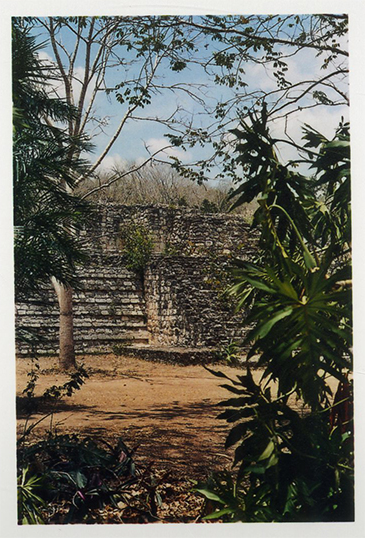









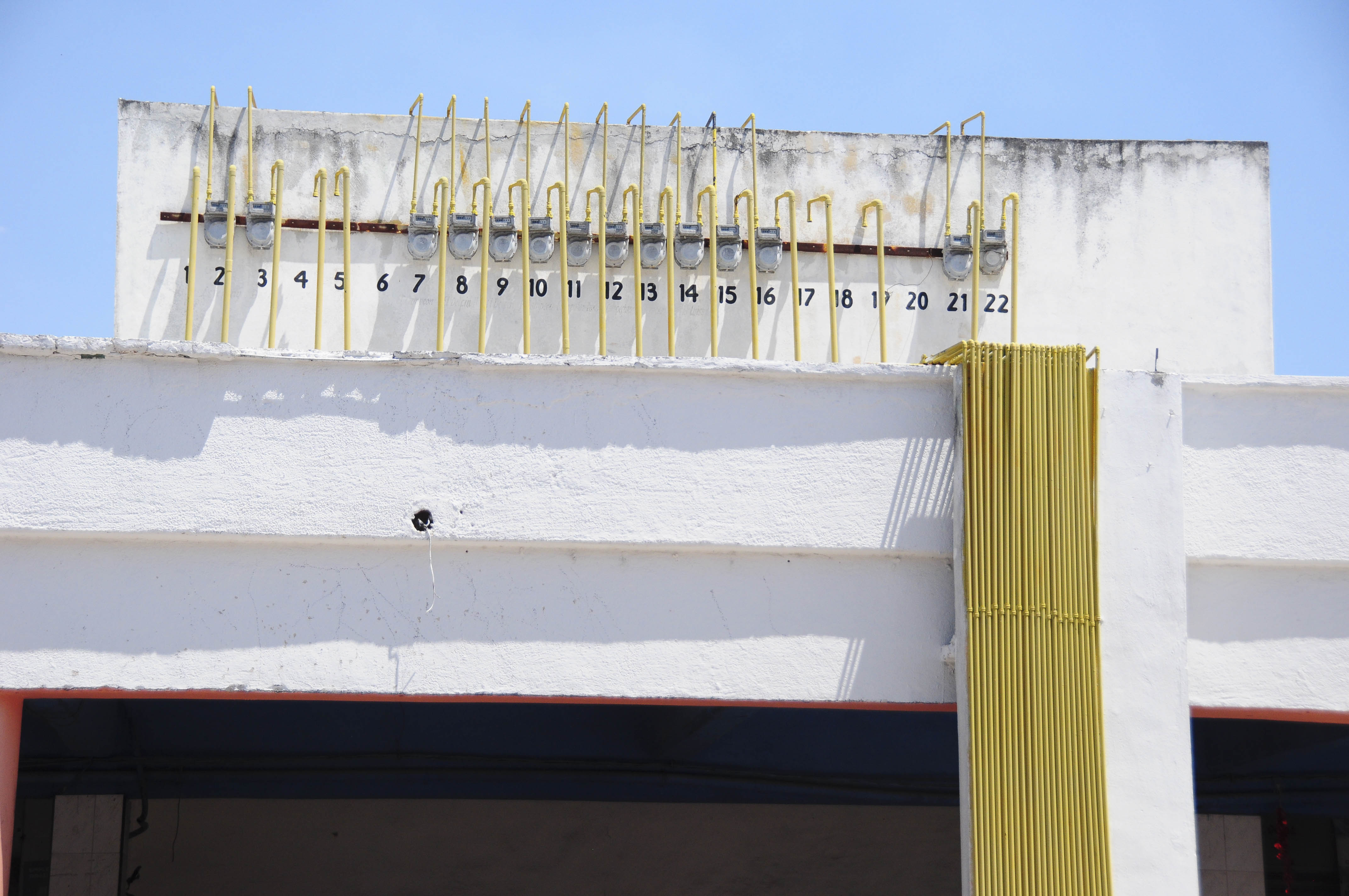

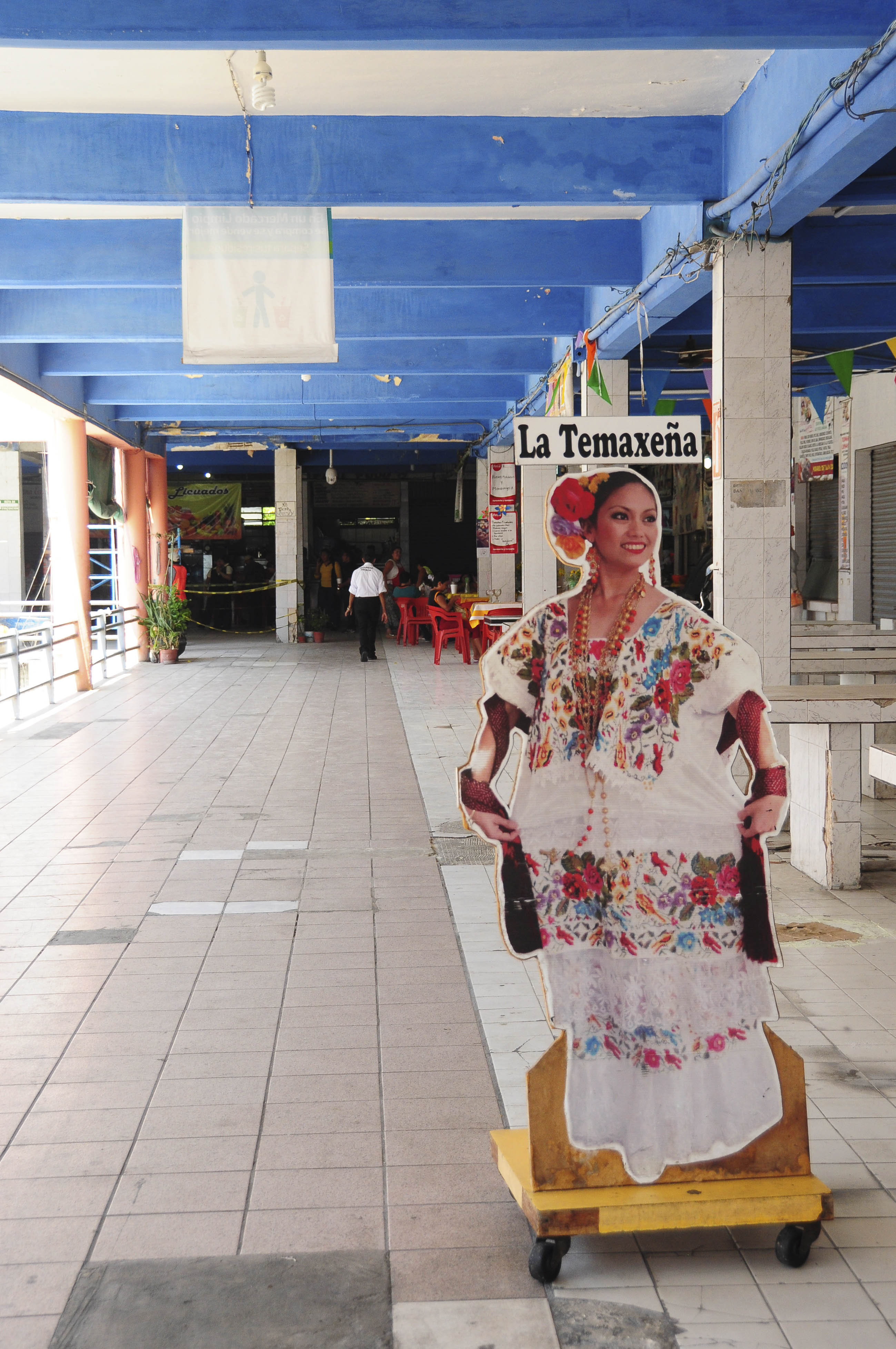

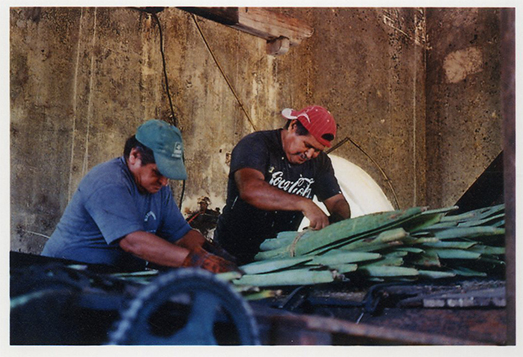




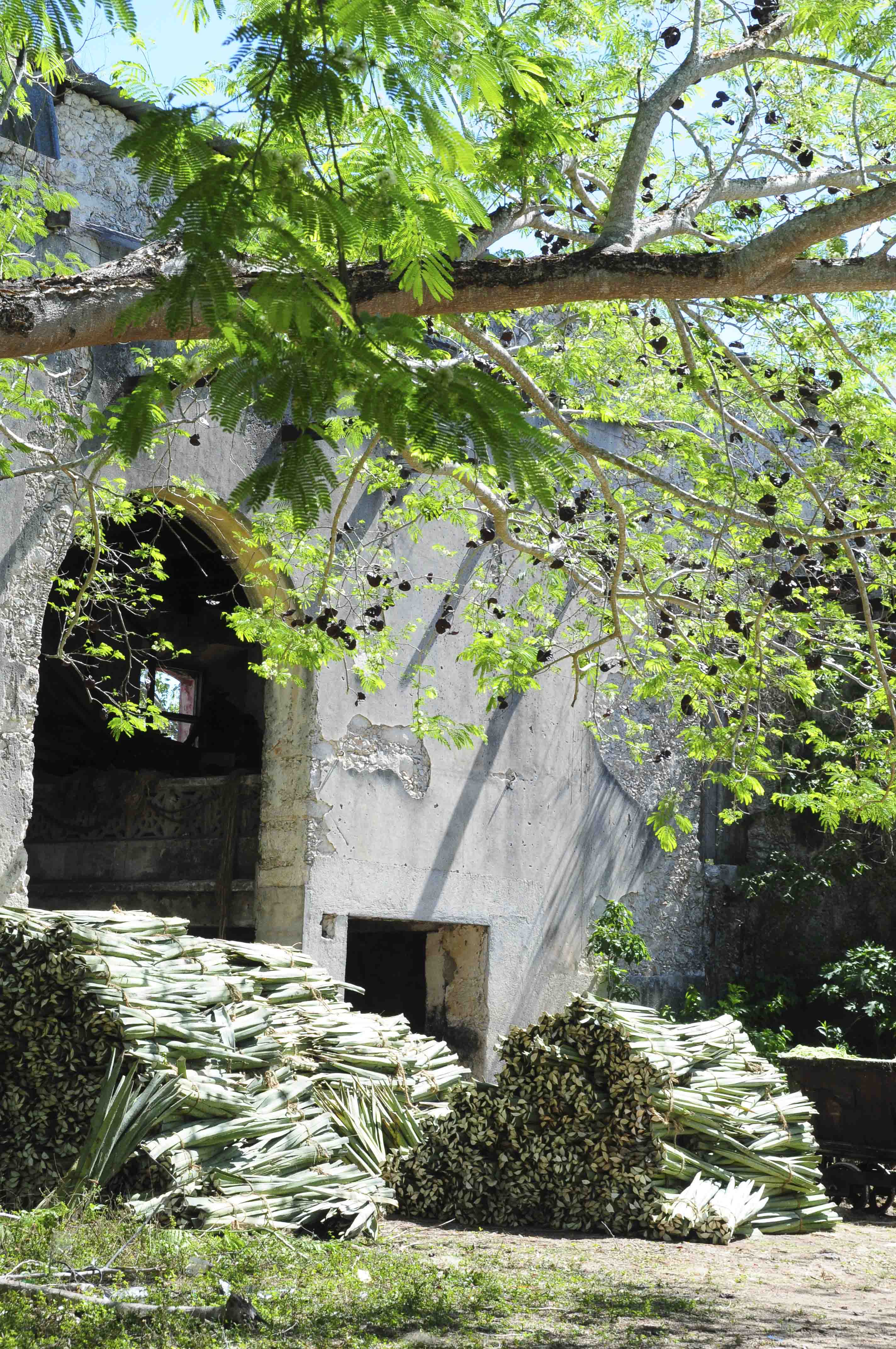



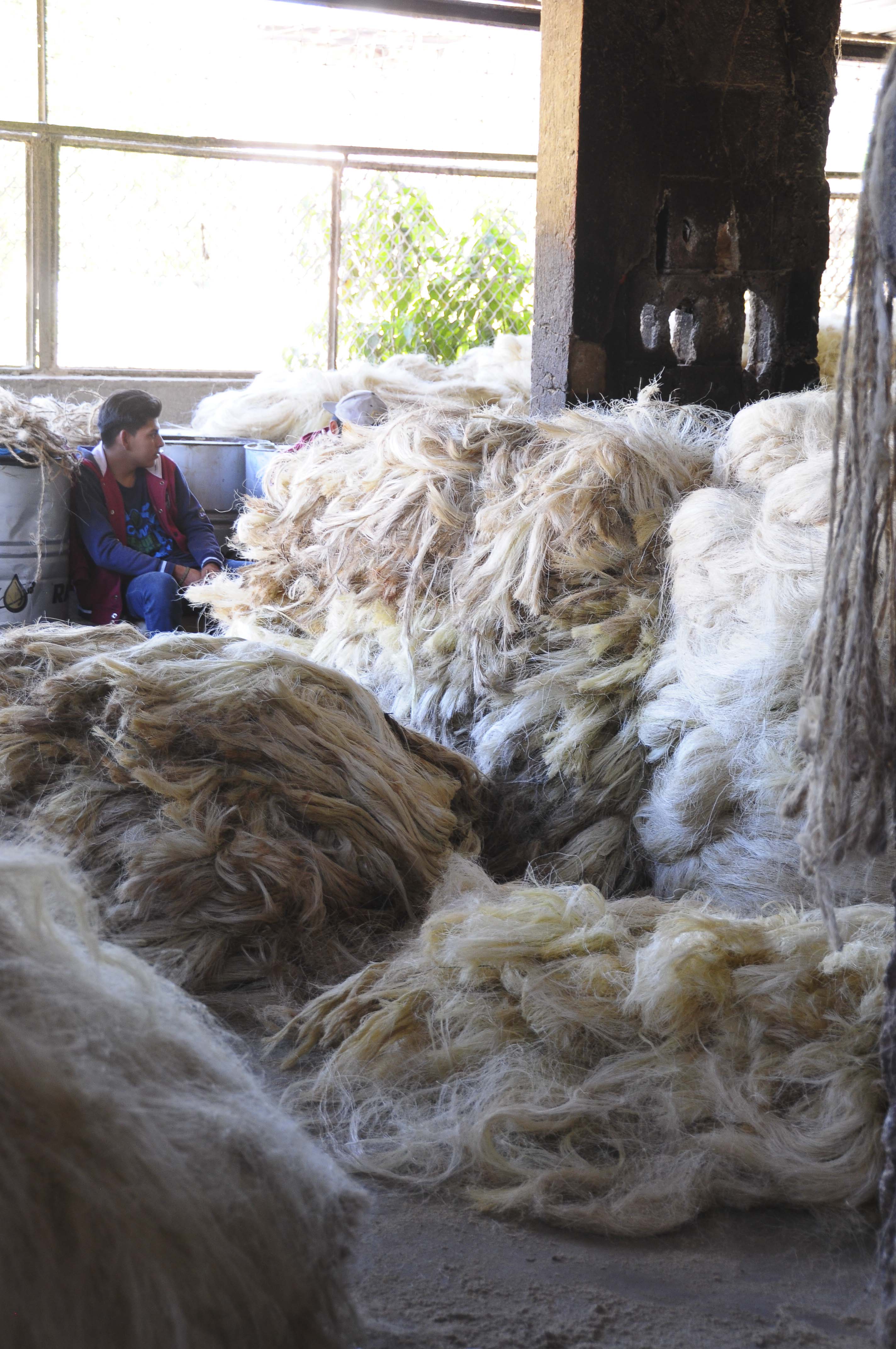


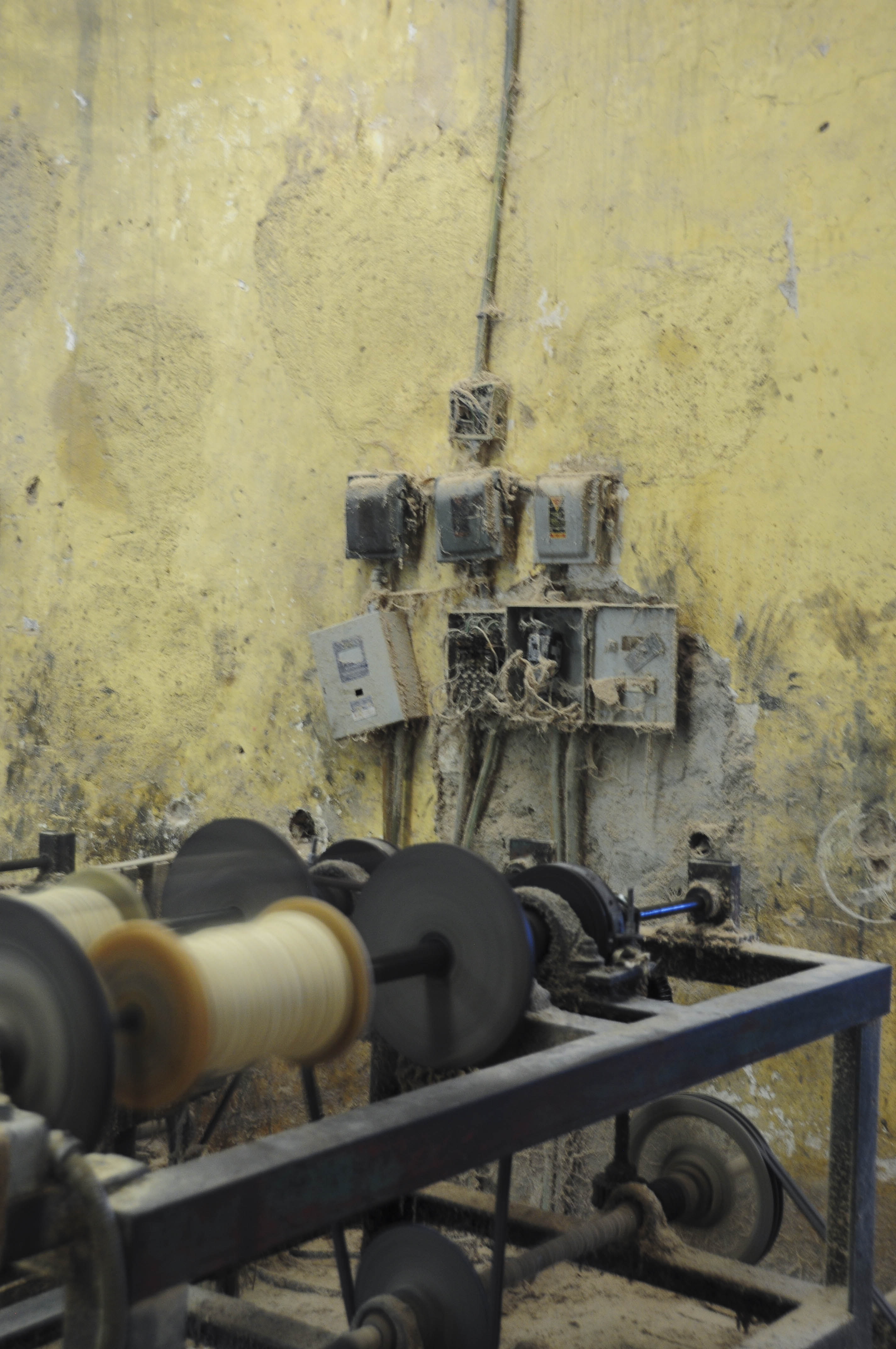







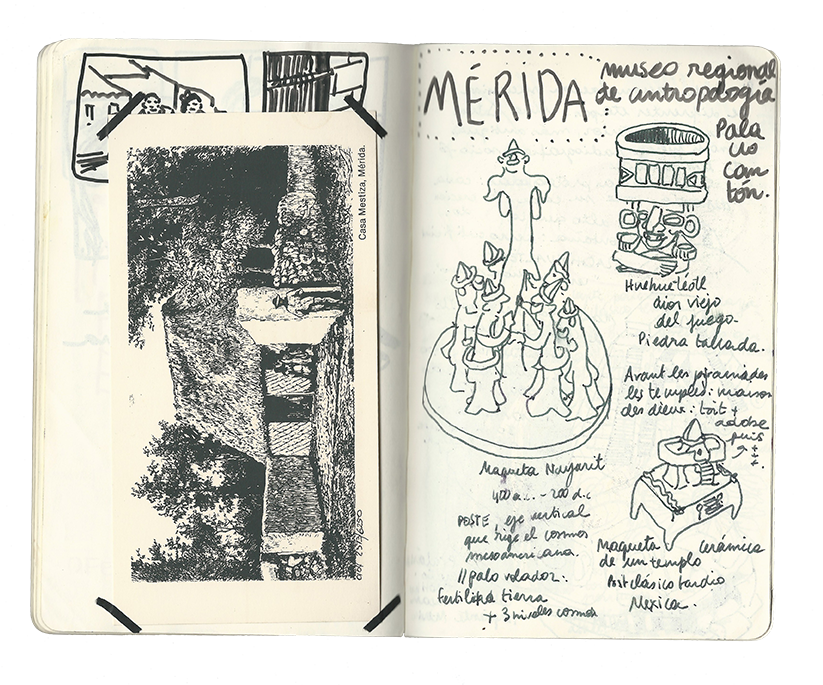
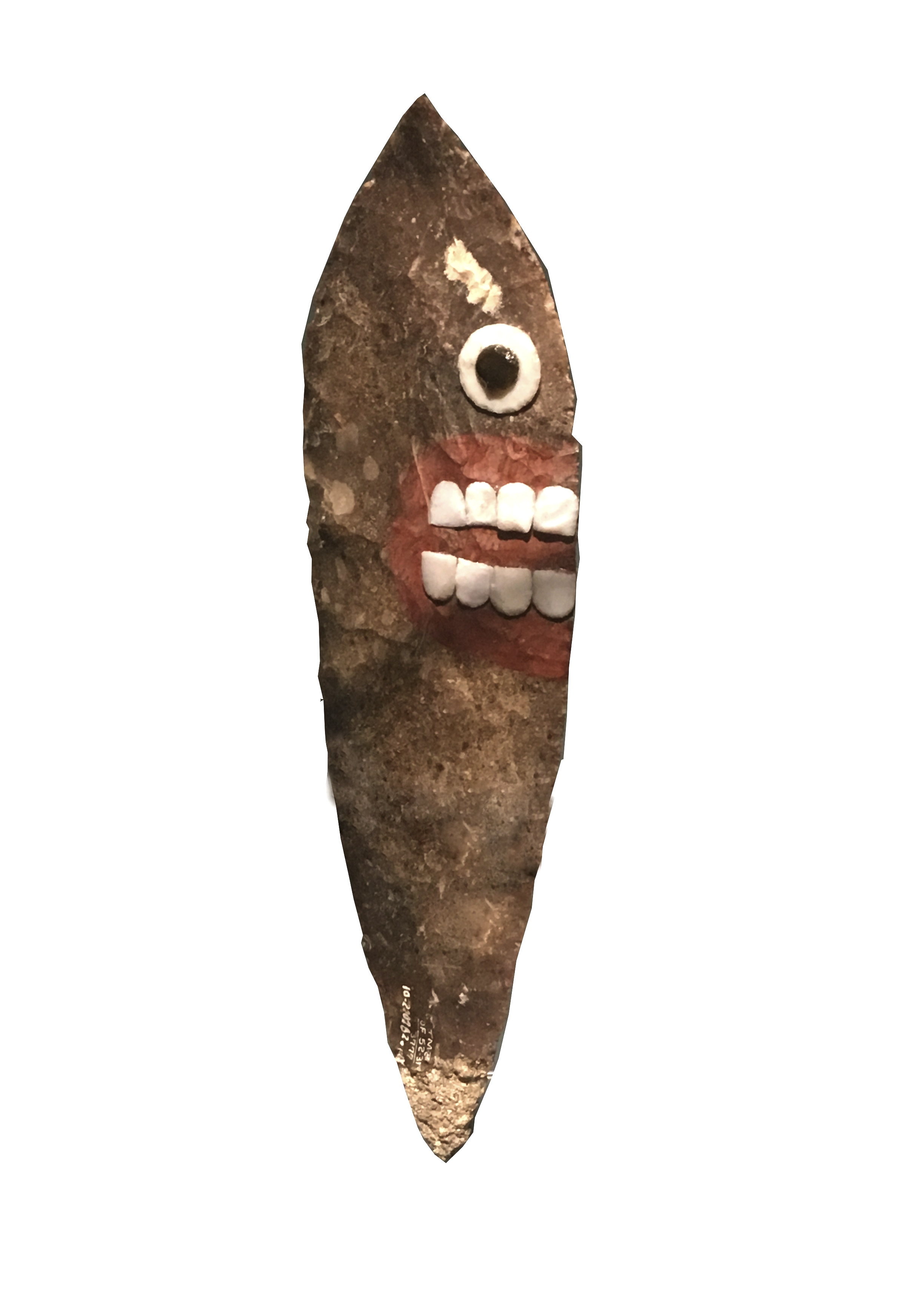
Analogue and digital photographs. Research notebooks and sketches.
• INTERSECCIONES
(intersections)
Exhibition presented from April 12 to April 22, 2019 at the Fab Lab Yucatan in Mérida








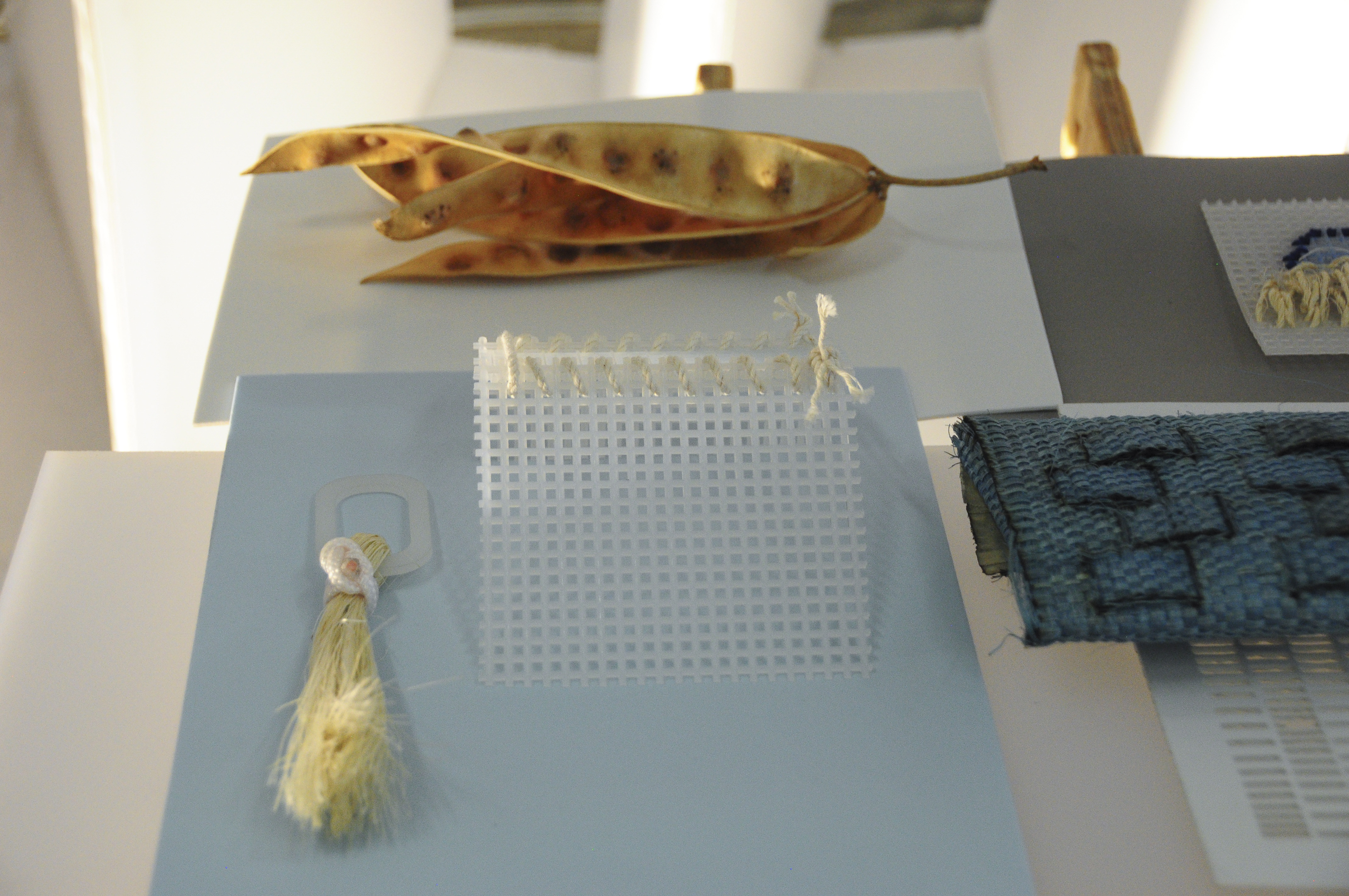
Collection of natural fibers, henequéndyed with bark, sketches, laser-cut on cardboard and woven henequén, braids, textiles, accesories and junctions pieaces in acrylic.
Natural and synthetic ropes from the factory next tot the FabLab.
Co-worker: Melina Ramírez Goytortúa
Thanks to Alexandre, Ana, el Peskador, Melina, Oscar, Juan, Joel, Gladiola and Manolo.
Photo credits : Garance Maurer
Explore the different steps :
︎ introduction and final restitution
︎ TENANGO DEL VALLE #1
︎ SAN CRISTOBAL DE LAS CASAS #2
︎ MERIDA #3
︎ QUERETARO #4
︎ SAN LUIS POTOSI #5
︎ SALTILLO #6
︎ CIUDAD DE MEXICO #7
